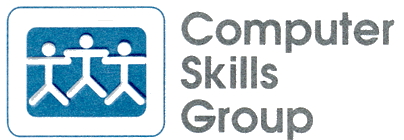

I know many of you have made at least one purchase over the Internet already. If you haven't, the day isn't far off when you will. At some point in the transaction, you are asked to provide financial information, including your name, a credit card number, expire date and even the security code from the back of the credit card. The website may display a statement that this is safe to do . . . but is it? Can hackers see (and steal) this information? The answer is, maybe. This tip will tell you how to know.
If the vendor says it's safe to transmit, should you count on that?
I don't. Most of the time, if they bother to tell you it's safe, it's because they have taken steps to establish a secure connection. However, why trust them when you can see for yourself?
Look for the "s" -
If you have browsed the Internet, you are probably familiar with seeing addresses for web sites which begin with:
http://. . .
For a website to provide a secure way to transmit your private information, they have to utilize what is called "secure sockets" technology. You don't need to know what this is or how it works, but you do need to know that it is in place. Here's how you can tell. Look carefully at the address displayed for the web page you are viewing. Read it very carefully. If secures sockets technology is operating, the address will begin with:
https:// . . .
The letter "s", following the http, makes all the difference. It indicates that secure sockets technology is operating and it is safe to transmit confidential information. Let me repeat - it is safe to transmit private information over the Internet when secure sockets technology it in use.
One more note -
Windows also provides a configuration option which allows you to display a message every time you switch between a secure page and a page which isn't. I find most computers have it turned off. Why? Because the messages bring everything to a screeching halt and require you to click to close the window. People find that interruption too annoying, and leave it turned off. So, looking for the letter "s" can give you peace of mind without the inconvenience of annoying messages!
You will find this option by going to Start, Settings, Control Panel, Internet Options, and the Advanced tab. Near the bottom of the Settings list, you will find one which reads, "Warn if changing between secure and not secure mode".
Happy (and safe) Internet shopping!